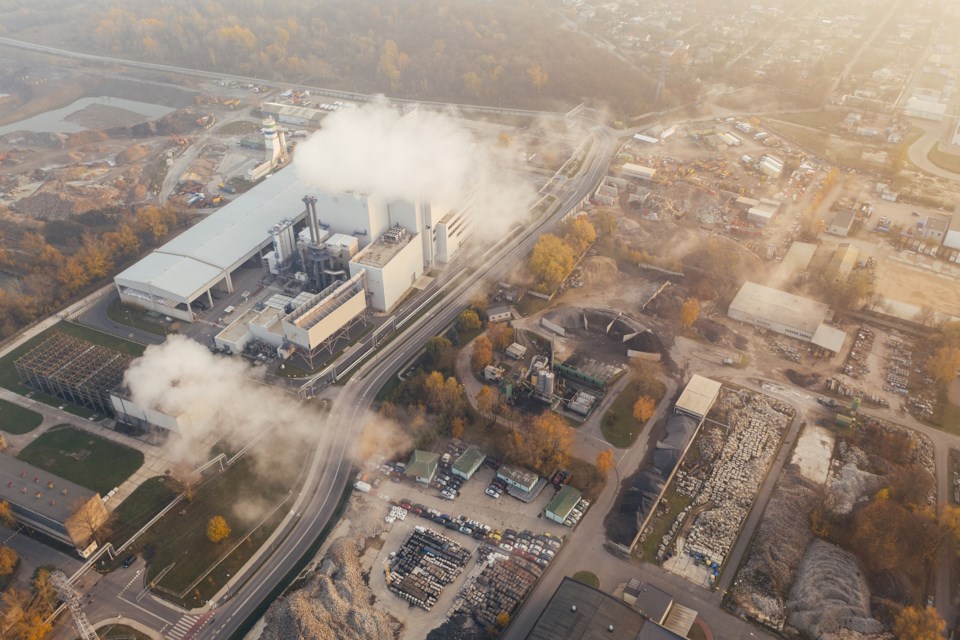NEWS RELEASE
U.S. ENVIRONMENTAL PROTECTION AGENCY
*************************
Today, the U.S. Environmental Protection Agency (EPA) has selected seven Colorado groups to receive funding to conduct air quality monitoring in communities across the Denver metro area, Northern Colorado, and Southwest Colorado. These grants are among 132 air monitoring projects in 37 states that will receive $53.4 million from President Biden’s Inflation Reduction Act and American Rescue Plan to enhance air quality monitoring in communities across the United States. The projects are focused on communities that are underserved, historically marginalized, and overburdened by pollution, supporting President Biden’s Justice40 Initiative.
“This funding will help address air quality information gaps in and near underserved communities across the Front Range and Southwest Colorado, providing community members with more data about the air they breathe” said EPA regional administrator, KC Becker. “The data these projects produce will help Colorado communities more closely evaluate potential pollution concerns and opportunities to address them.”
Today’s announcement includes funding for the following air monitoring projects in Colorado:
- San Juan Basin Public Health ($312,500) – Deployment of particulate matter (PM), ozone, and volatile organic compound (VOC) monitors in underserved neighborhoods in Archuleta, La Plata, and San Juan Counties, including development of a Community Checkout Program to make mobile PM sensors available for community use.
- City of Fort Collins ($499,139) – VOC and air toxics monitoring at locations near oil and gas development in Larimer and western Weld Counties through use of stationary monitors and a mobile plume-tracker vehicle.
- 350 Colorado ($498,537) – Implementation of an air quality monitoring program for VOCs, ozone, methane and particulate matter near two public schools in Greeley with nearby oil and gas operations.
- Cultivando ($500,000) - Operation of a continuous monitoring station and deployment of a mobile air monitoring van to identify and quantify air toxics in the Commerce City, Globeville, and Elyria-Swansea neighborhoods, which are communities disproportionately impacted by pollution.
- Jefferson County ($225,954.25) - Program to create local air monitoring capacity for underserved communities in Jefferson County through a partnership between the Jefferson County Public Health Department and local groups. Air monitors for particulate matter will be installed and data will be shared through a public-facing dashboard.
- Tri-County Health Department ($403,996) – Expansion of a community air monitoring network consisting of fine particulate matter (PM2.5) sensors that display real-time, public facing data across Adams and Arapahoe counties.
- Black Parents United Foundation ($472,656) – Installation and operation of ozone, VOC, methane, and PM2.5 air monitors in disproportionately impacted communities in Aurora, with data transmitted in real-time to a public-facing web portal.
“The last few years have made clear the importance of addressing inequities in the public health of every community,” said senator Michael Bennet. “This $2.9 million from the Inflation Reduction Act and American Rescue Plan will help protect our air quality in Colorado and I’m glad to see these funds coming to our state.”
The air pollution monitoring projects are made possible by more than $30 million in Inflation Reduction Act funds, which supplemented $20 million from the American Rescue Plan and enabled EPA to support 77 additional projects, more than twice the number of projects initially proposed by community-based nonprofit organizations, state and local governments, and Tribal governments.
These grant selections further the goals of President Biden’s Justice40 Initiative and Executive Order, Tackling the Climate Crisis at Home and Abroad, which directed that 40 percent of the overall benefits of certain Federal investments flow to overburdened communities that face disproportionately high and adverse health and environmental impacts. By enhancing air monitoring and encouraging partnerships with communities, EPA is investing in efforts to better protect people’s health, particularly those in underserved communities.
EPA will start the process to award the funding by the end of 2022, once the grant applicants have met all legal and administrative requirements. Grantees will have three years to spend the funds from the time EPA awards the grants.
See the full list of applications selected for award.
Background
In spring 2021, Congress passed the American Rescue Plan, providing EPA with a one-time supplemental appropriation of $100 million to address health outcome disparities from pollution and the COVID-19 pandemic. Half of that $100 million, was dedicated to air quality monitoring. EPA Regions began awarding nearly $22.5 million from this appropriation in 2022 as direct awards to state, tribal, and local air agencies for continuous monitoring of fine particle and other common pollutants. In addition, EPA Regions are in the process of procuring monitoring equipment using $5 million in American Rescue Plan funding to advance the EPA Regional Offices’ mobile air monitoring capacity and establish air sensor loan programs. These investments will improve EPA's ability to support communities that need short-term monitoring and air quality information.
In July 2021, EPA announced the $20 million American Rescue Plan Enhanced Air Quality Monitoring for Communities Grant Competition. The goal of this competition was to improve air quality monitoring in and near underserved communities across the United States, support community efforts to monitor their own air quality, and promote air quality monitoring partnerships between communities and tribal, state, and local governments. EPA received more than 200 applications in response to the competition.
The Inflation Reduction Act of 2022 provides funding to EPA to deploy, integrate, support, and maintain fence line air monitoring, screening air monitoring, national air toxics trend stations, and other air toxics and community monitoring. Specifically, the Inflation Reduction Act provides funding for grants and other activities under section 103 and section 105 of the Clean Air Act. EPA is using approximately $32.3 million of this funding to select 77 high-scoring community monitoring applications.
*************************


.jpg;w=120;h=80;mode=crop)
